Like many ancient rhymes, stories and songs, The Twelve Days of Christmas has been the subject of countless explanations of its ‘real meaning’.
Some have suggested that it is an ancient version of a wedding list – a series of increasingly lavish gifts presented to a married couple, from a humble partridge to an entire drumming band.
Others have seen a more sinister meaning in the verse, speculating that it was originally written in code during the Protestant Reformation, to teach Catholic children their faith. In this interpretation, three French hens represent the Father, Son and Holy Spirit; four colly birds, the gospels; 12 drummers drumming the Apostles, and so on.
As a lifelong birder, I have another suggestion: that each of the carol’s 12 lines represents a bird. Given that the first four lines, along with the sixth and seventh, are explicitly avian, I suggest that the whole verse was originally written to celebrate 12 different birds.
Each of the carol’s 12 lines represents a bird
Since the late 18th century – when The Twelve Days of Christmas first appeared in English – poets, writers, musicians and storytellers have produced a wealth of folktales, poems and songs about the birds in the carol.
What birds are associated with Christmas?
Meet the 12 birds of Christmas
One and two: partridge and turtle doves
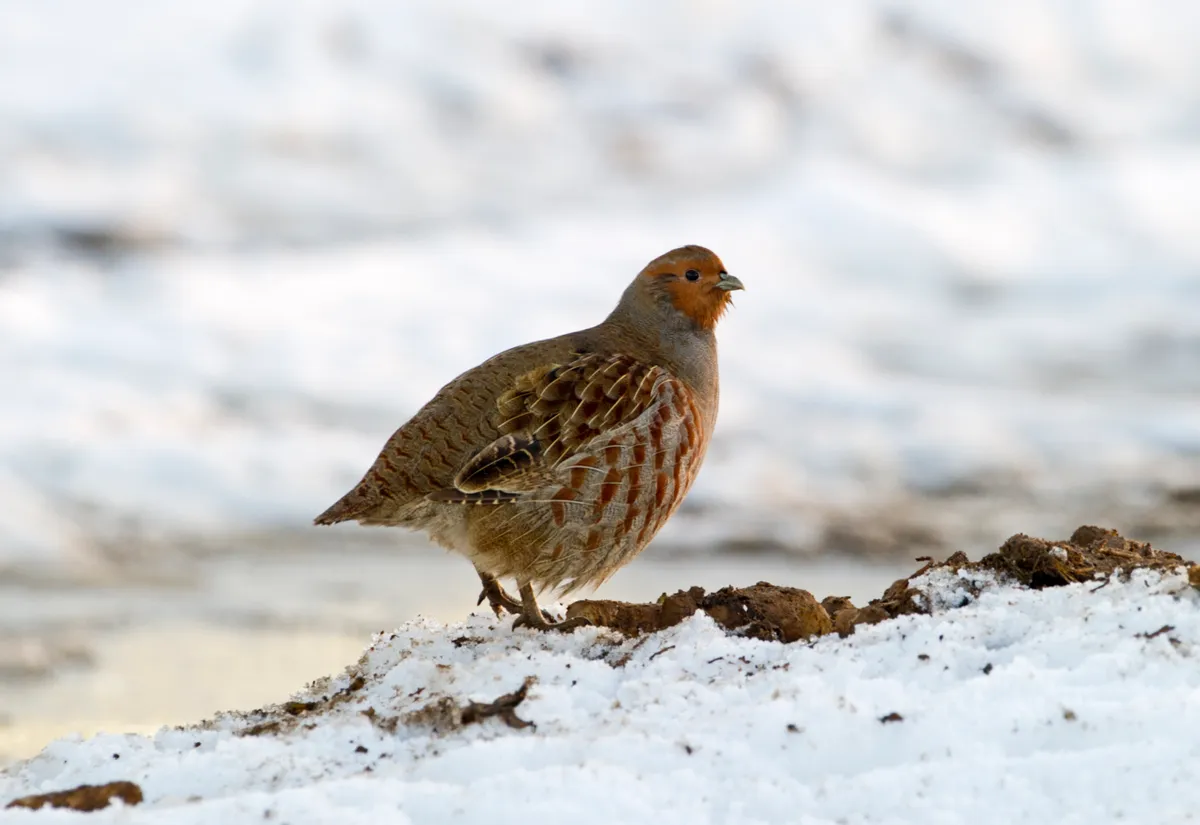
Take the opening two lines: a partridge in a pear tree and two turtle doves. Both the grey partridge and turtle dove are intimately linked with the British countryside and the way we use our land: they thrived in the days of traditional farming but are now suffering steep declines due to modern intensive agriculture. As a result, both are heading rapidly towards extinction in the UK.
Their disappearance would be a disaster for biodiversity, but would also represent a deep cultural loss. To the 19th-century poet John Clare, grey partridges were a constant companion as he wandered through the fields near his Northamptonshire home. In one poem, Clare evoked their constant alertness against predators:
Oft frighted up they startle to the shade
Of neighbouring wood and through the yellow leaves
Drop wearied where the brakes and ferns hath made
A solitary covert – that deceives
For there the fox prowls its unnoticed round
And danger dares them on every ground.
Clare also tells the story of how, at the start of the shooting season on 1 September, partridges would turn up in the most unexpected places – on one occasion, seeking sanctuary in the house of the poet’s next door neighbour, who promptly killed and ate it.
It has been argued that grey partridges only survive in parts of Britain because of conservation measures carried out on shooting estates. Yet the figures tell a very different story: a century ago, an estimated two million partridges were shot each year; today, the total breeding population is just 44,000 pairs. It also strikes me as peculiar that we rightly condemn the slaughter of turtle doves in Malta, while seeming to accept the mass killing of partridges in the UK.
Until recently, the turtle dove was also a common and familiar sight across southern Britain; indeed, just 50 years ago it was more than three times as numerous as the collared dove. Today, the situation has dramatically reversed: the collared dove is at least 70 times as common as its smaller cousin.
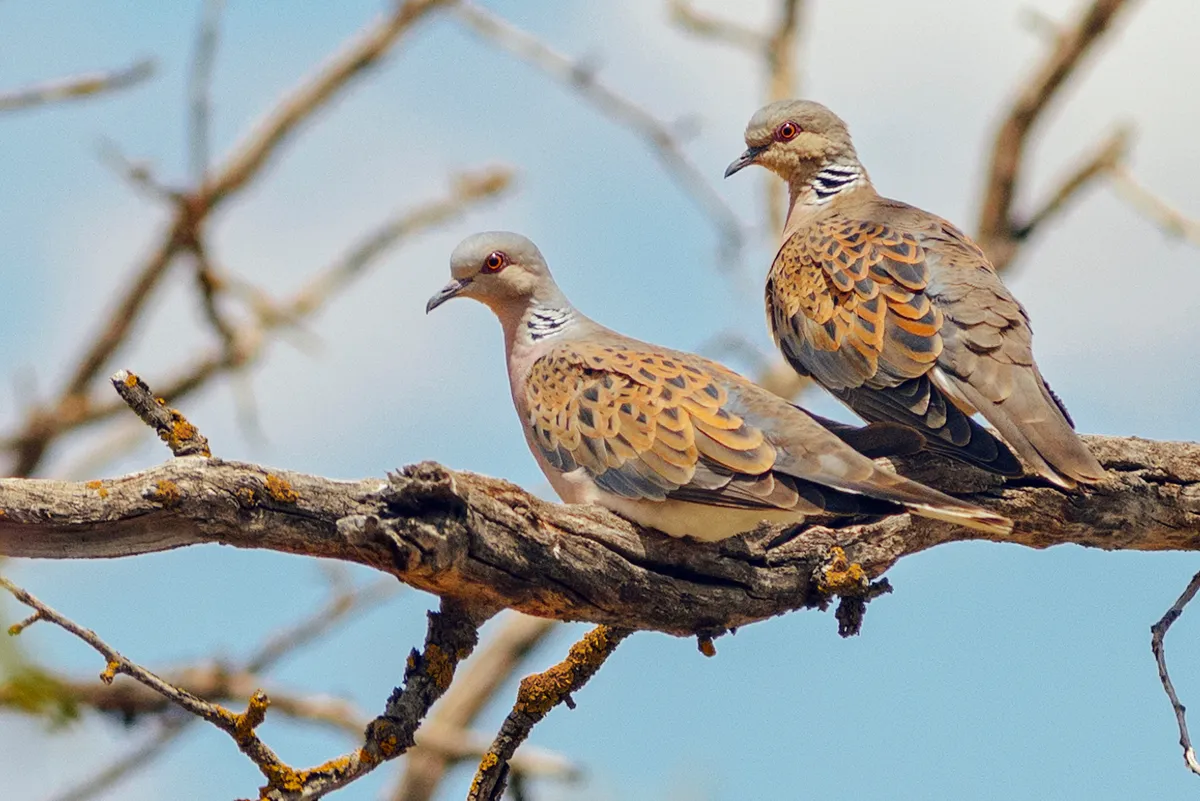
Doves have always been a symbol of fidelity, going back to the Ancient Greeks: the goddess Aphrodite was traditionally depicted with them on her hand. The turtle dove is also mentioned in the Old Testament, a sign of the coming of spring: “the time of the singing of birds is come, and the voice of the turtle is heard in our land....” This is of course not a reference to an aquatic reptile, but to the soft ‘tur-tur’ call that gives the species its name.
Composers of popular songs have frequently featured the turtle dove, though that may simply be because it conveniently rhymes with ‘love’. It features in songs by Cliff Richard, Annie Lennox and the great Frank Sinatra, who sang about “a heartsick turtle dove”.
Three, four and five: French hens, blackbirds and yellowhammers
The next line of The Twelve Days of Christmas, three French hens, also refers to a bird intimately linked with farming: the domestic chicken. This is, ironically, by far the world’s commonest bird: the total number of chickens alive at any one time is thought to be roughly 19 billion; more than two for every man, woman and child on the planet.
Chickens – especially cockerels – feature in literature from Aesop’s Fables to Animal Farm, and also in the New Testament, where Christ tells Peter he will betray him three times “before the cock crows”. They are so embedded in our popular culture that, in 2002, Yale University held a conference on the cultural history of the chicken, “from the Middle Ages to McNuggets”.
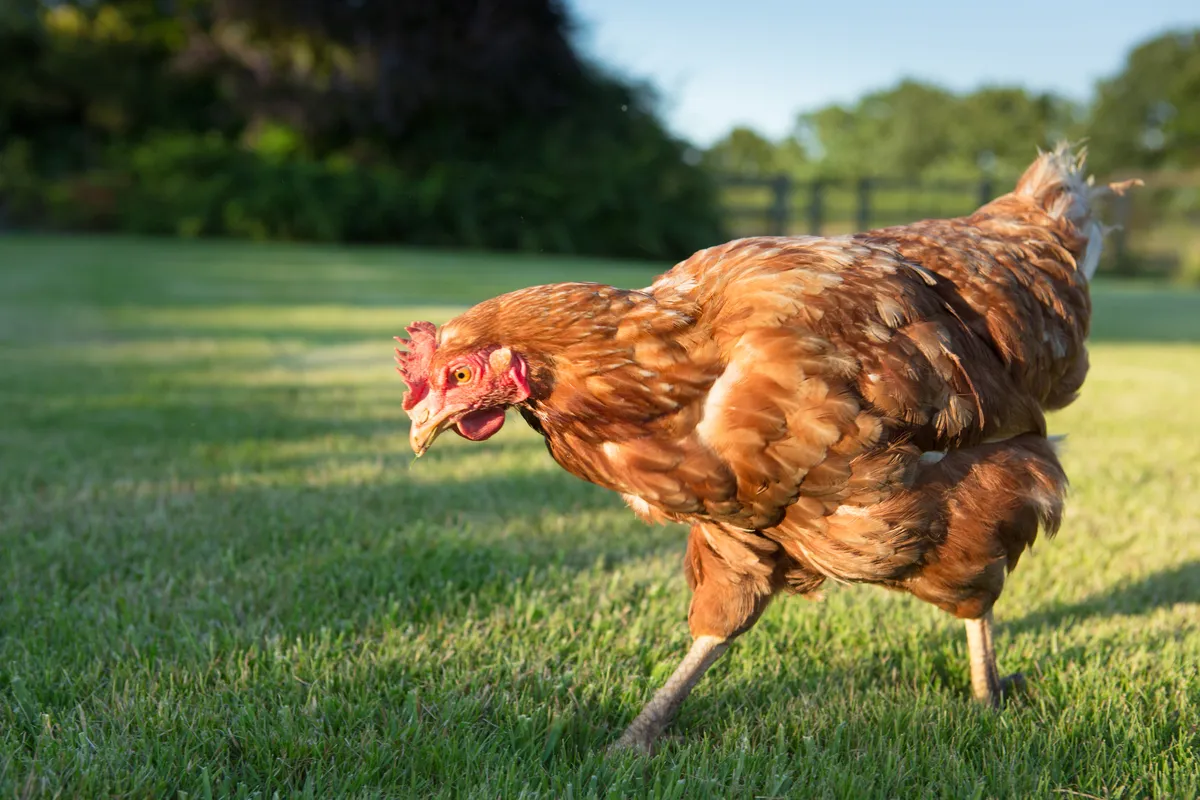
The carol’s fourth line is usually sung as four calling birds, but that is a mishearing of the word ‘colly’ – meaning ‘coaly’ or black – so they are actually blackbirds. But that causes problems for people who interpret five gold rings as referring to the blackbird, because of the yellow ring around the male’s eye.
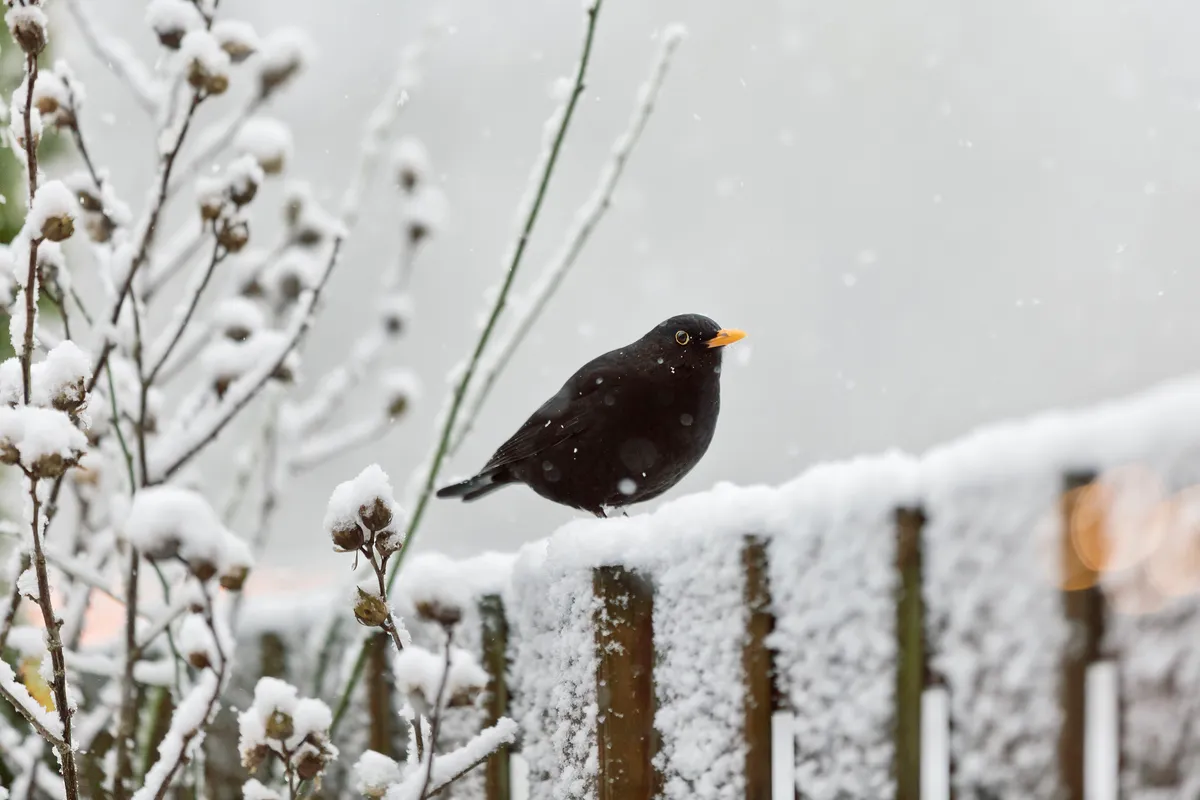
I suggest that ‘gold rings’ is a corruption of ‘yoldring(s)’, a now obsolete Scottish folk name for the yellowhammer; another farmland bird in decline. The yoldring (spelt ‘yorlin’) also features in a rather risqué song by the poet Robert Burns.
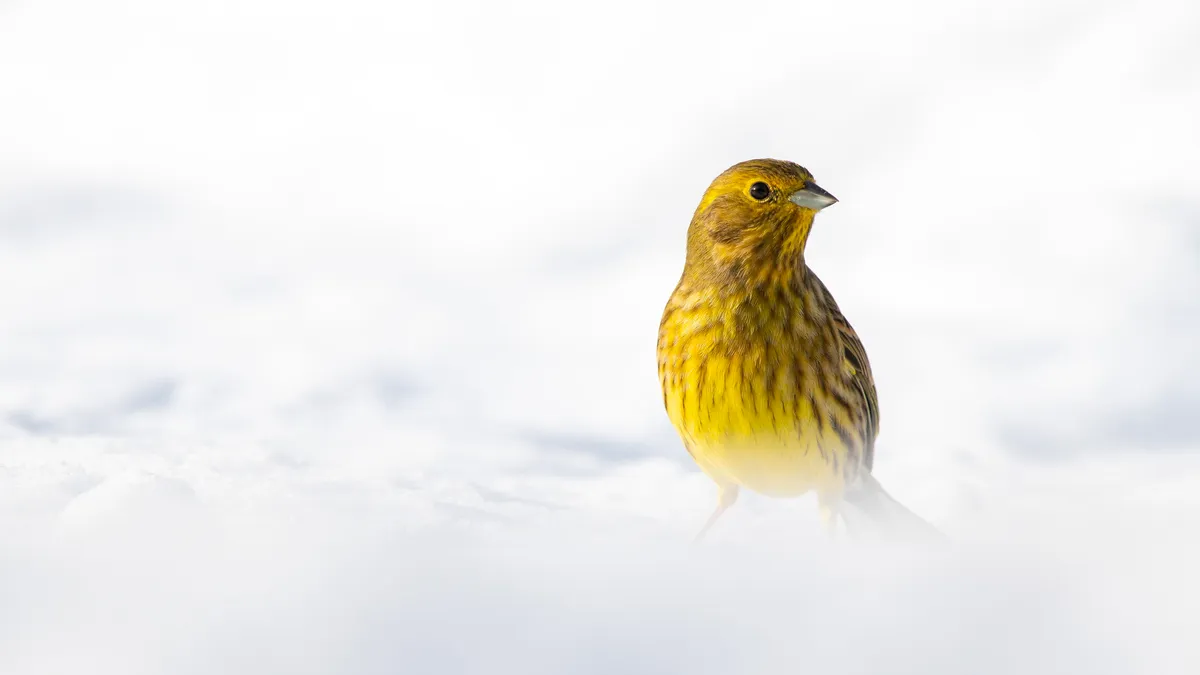
Six, seven and eight: geese, swans and nightjars
Two other birds in the carol, six geese a-laying and seven swans a-swimming, have also been domesticated at various times. Traditionally, they are the last two lines that explicitly feature a particular species or group of birds; but I believe that the other seven lines also have an avian meaning.
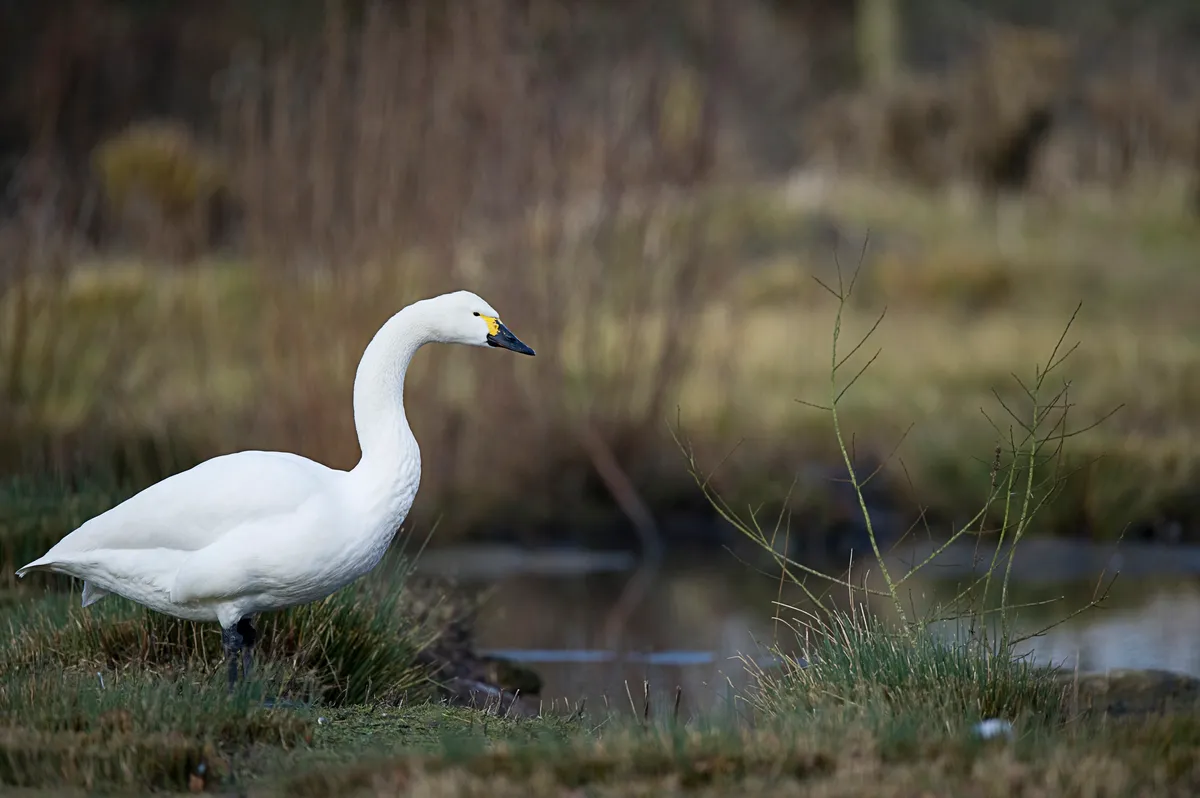
What possible connection could eight maids a-milkinghave with a bird? In my view, the likeliest candidate is the nightjar which, like other nocturnal species, was often feared by those who encountered it. A longstanding myth about this mysterious bird, first proposed by the Greek philosopher Aristotle, was that they sucked the teats of domestic goats, to obtain the milk: hence the now obsolete folk-name ‘goatsucker’. Nightjars do sometimes feed around domestic livestock at dusk.
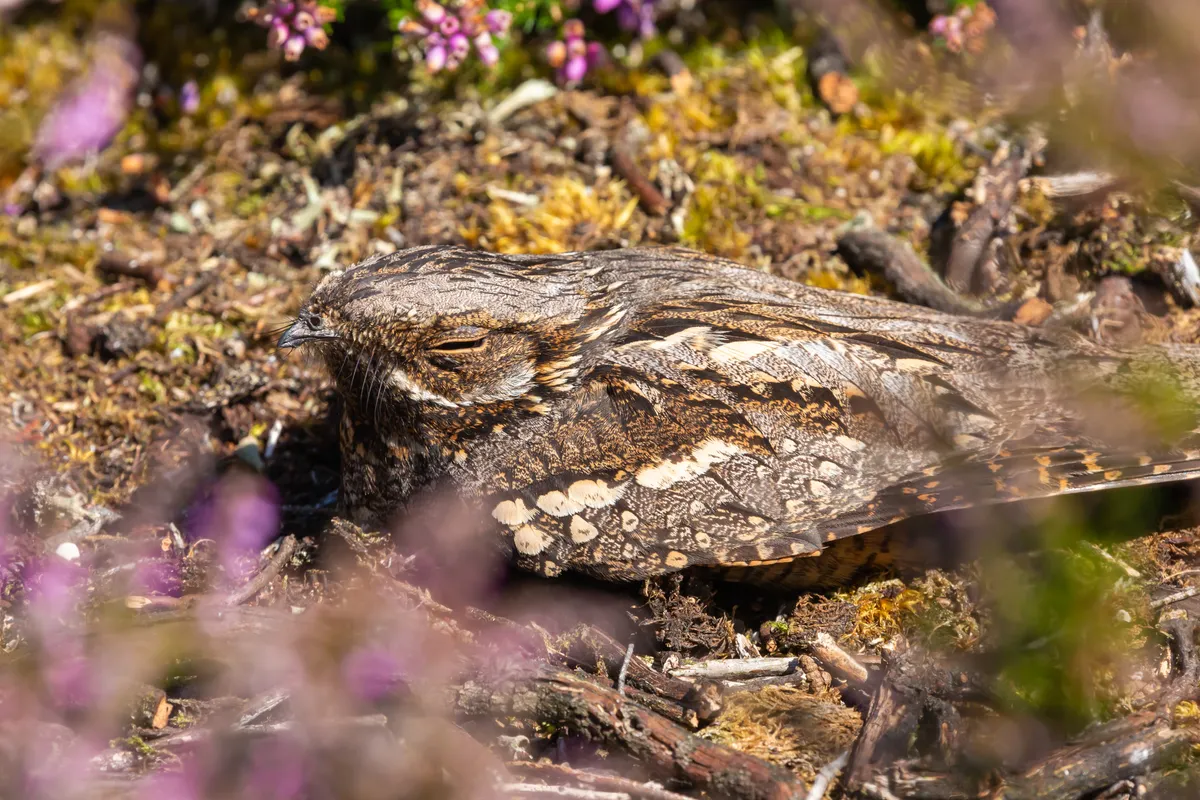
Yet they are not taking the milk, but grabbing the moths, beetles and other insects attracted by the animals. That simple explanation, exonerating the nightjar, was first proposed by the Victorian nature writer JE Harting. Yet even my tattered copy of The Observer’s Book of Birds still includes ‘goatsucker’ as the nightjar’s alternative name, proving that, once established, myths can be very hard to shift.
Nine and ten: cranes and black grouse
The ninth and tenth lines in the carol are a pair: nine ladies dancing and 10 lords a-leaping. What else could they refer to but two of the most elaborate courtship displays in the bird world: dancing cranes and lekking (communal, competitive displaying) black grouse? I’ve been lucky enough to witness both these natural spectacles, which surely rank among the greatest in the bird world. Globally, cranes are often regarded as sacred birds, perhaps because their height and stature give them an almost human appearance.

They feature in ancient texts from Aesop and Pliny to Dante, who wrote of their V-shaped flying formations, which he observed when migrating cranes passed overhead. And like so many birds with black plumage, black grouse are the subject of various myths, including the idea that the devil might appear in the form of the male.
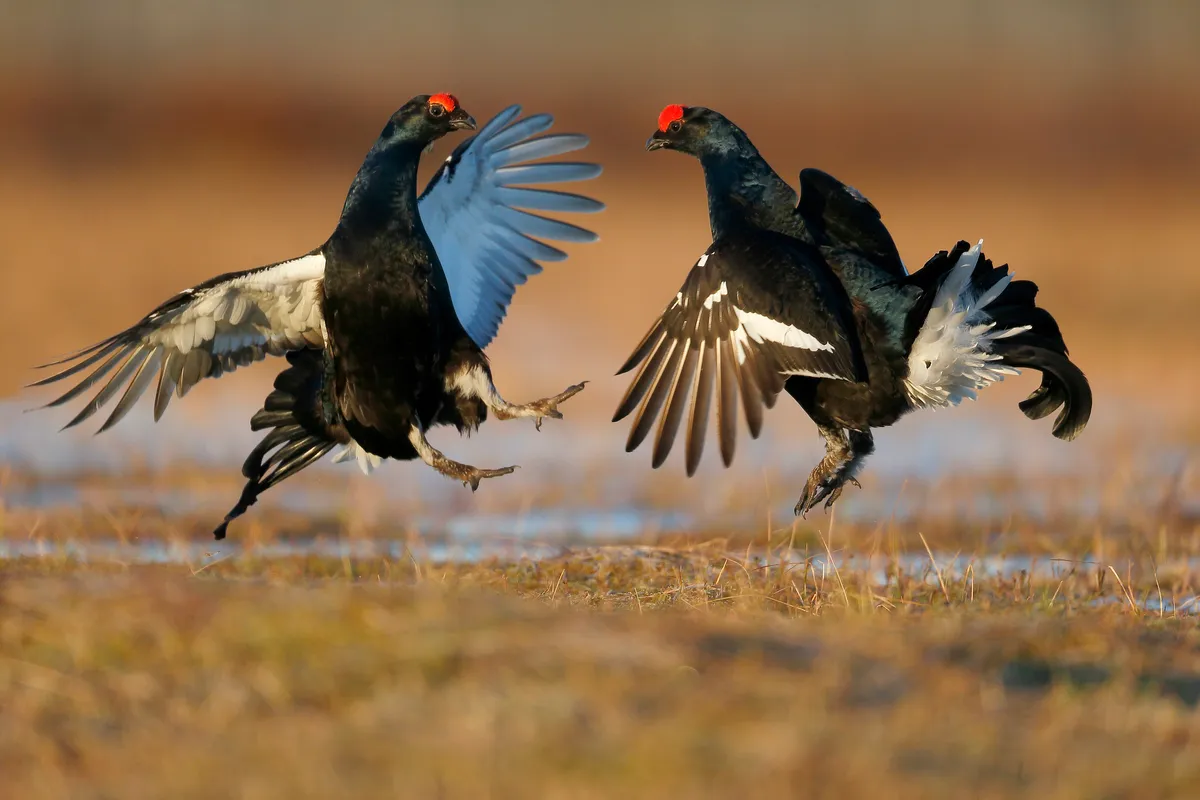
Eleven and twelve: woodpeckers and sandpipers
Surely 11 pipers piping are sandpipers, and 12 drummers drumming are woodpeckers?
Woodpeckers are often regarded as harbingers of rain, perhaps because their drumming is easier to hear in that period of calm before a storm. They also have many folk names: from ‘yaffle’ for the green woodpecker (after its laughing call) to ‘hew- hole’ and ‘pick-a-tree’
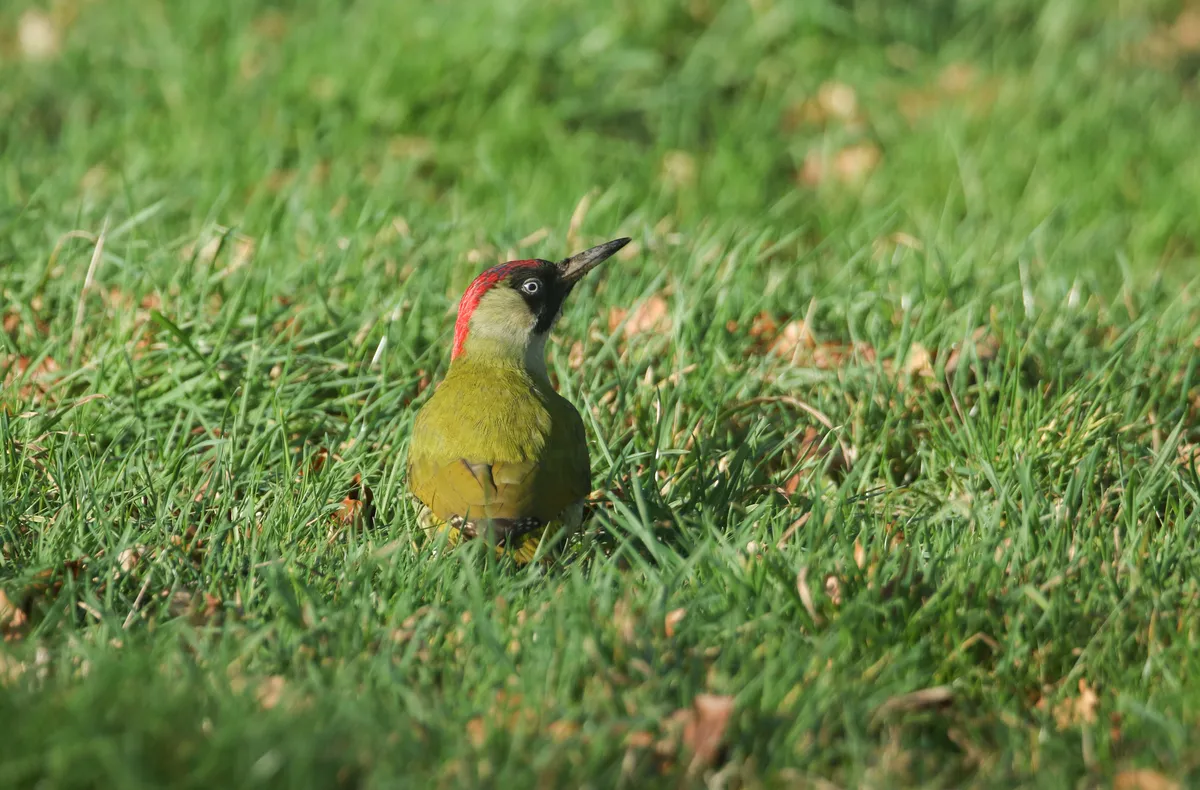
Oddly, while there is plenty of folklore about woodpeckers, there is virtually none about sandpipers, even though the common sandpiper would have been a familiar sight to our ancestors.
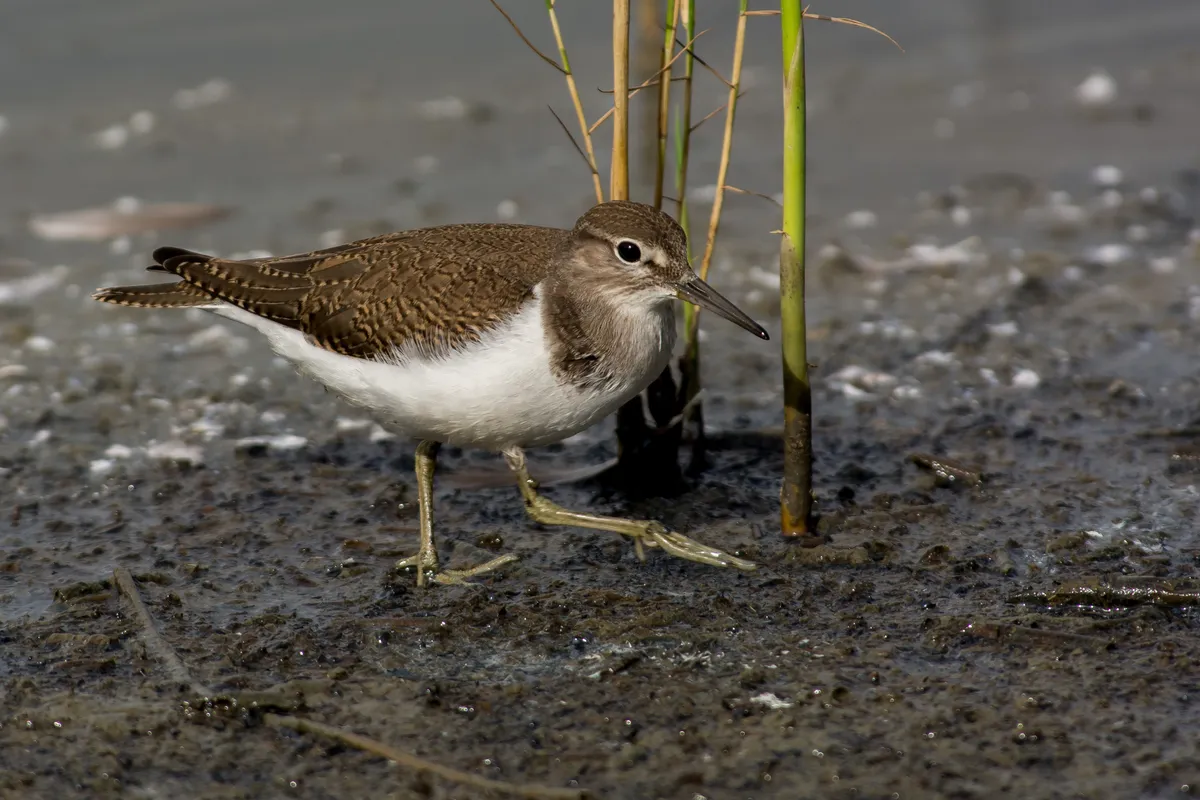
And the thirteenth bird of Christmas? The robin of course
At this time of year, every other Christmas card seems to feature a robin. Occasionally it’s a pair of robins – even though, as most people know, this species is notoriously territorial. By nature, robins are woodland birds.
They evolved to follow wild boars around primeval forests, to feed on the worms and other invertebrates brought up to the surface when the animals dug for food. But, until recently, wild boars had been absent from Britain for many centuries, so robins found a suitable substitute: us. Our gardens – and our national obsession with gardening – provide everything a robin needs: plenty of food, shelter and a place to breed.
As a result, the robin turned from a shy, woodland bird into one that happily lives alongside us, perching on a spade or coming to our back door in search of kitchen scraps. Their large, black, beady eyes – a feature that enabled robins to hunt in the low light of the forest floor – also endeared them to us, as did their habit of fluffing out their feathers to keep warm.
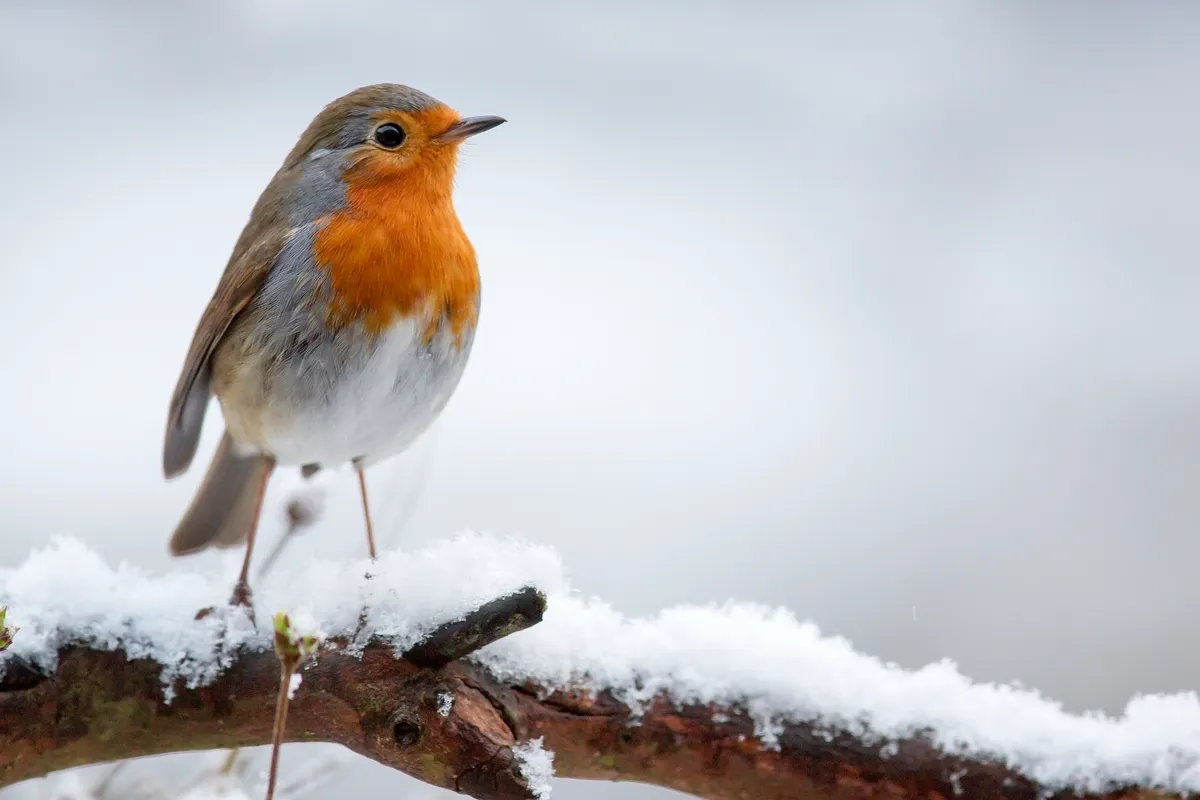
It was hardly surprising when, in 2015, it won the title of Britain’s Favourite Bird. The robin didn’t just win, it took over one-third of the vote. The result was, in some ways, rather odd, given the robin’s justified reputation for fighting its rivals. As the man behind the poll, David Lindo, sagely noted: “Despite being a seemingly friendly bird, the robin is hugely territorial. I presume that reflects us as an island nation.”
This still doesn’t explain the deep-rooted link between robins and Christmas. That connection goes all the way back to 1840 and the launch of the ‘Penny Post’. To encourage people to use the new service, someone had the clever idea of producing special greeting cards that they could send to their friends and family. At the time, postmen wore red uniforms and were nicknamed ‘Robins’. It didn’t take long for an illustrator to design a card featuring a robin wearing a postman’s uniform and carrying a card in its beak. The rest, as they say, is history.
Yet the link may be even older. One myth about the robin’s red breast suggests that it originated when a robin fanned the flames of a fire in the stable to warm baby Jesus. Whatever its true origin, there can be no doubt that, when it comes to birds on Christmas cards, the robin reigns supreme.
I hope you have enjoyed my whistle-stop tour of the folklore associated with one of our most popular Christmas carols. It certainly reveals one thing: that we as a nation are at least as obsessed by birds as we are about the festive season. Happy Christmas!
Main image: A robin perches on a snow-covered twig. © Andrew Howe/Getty






